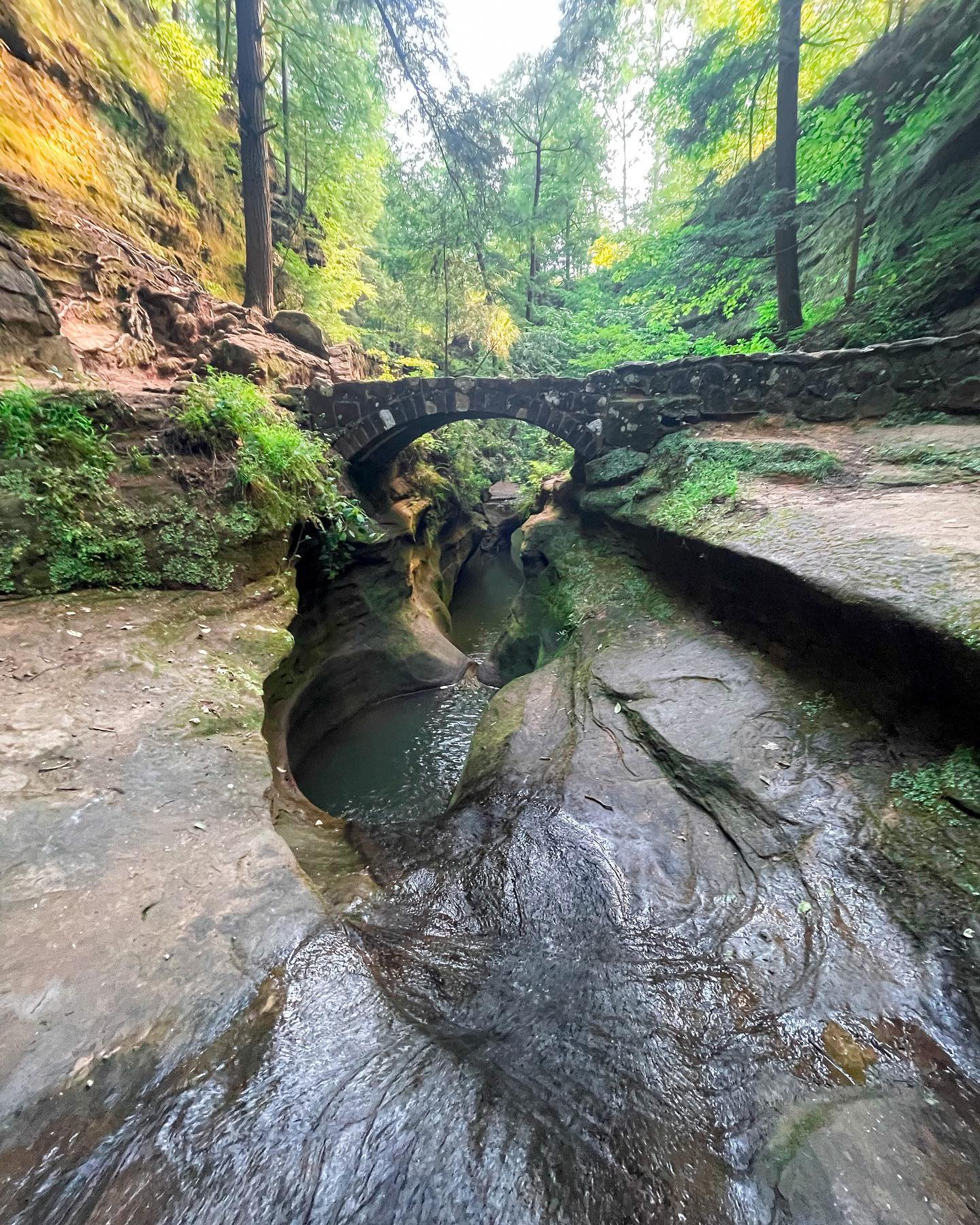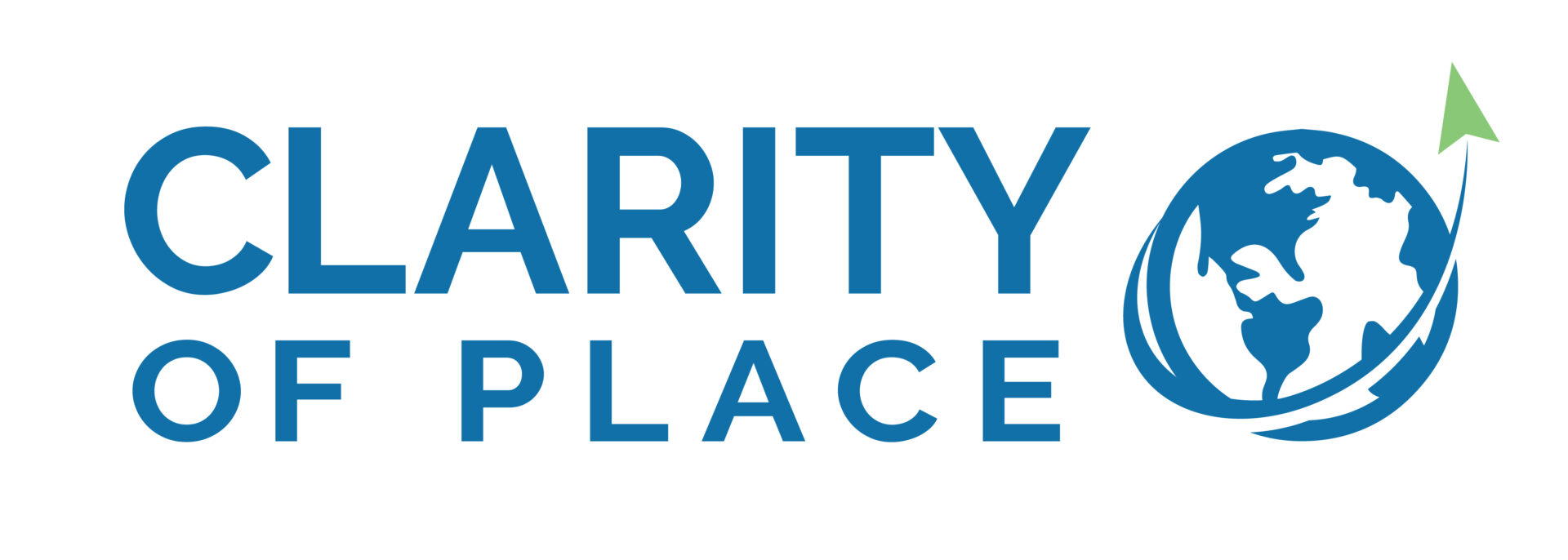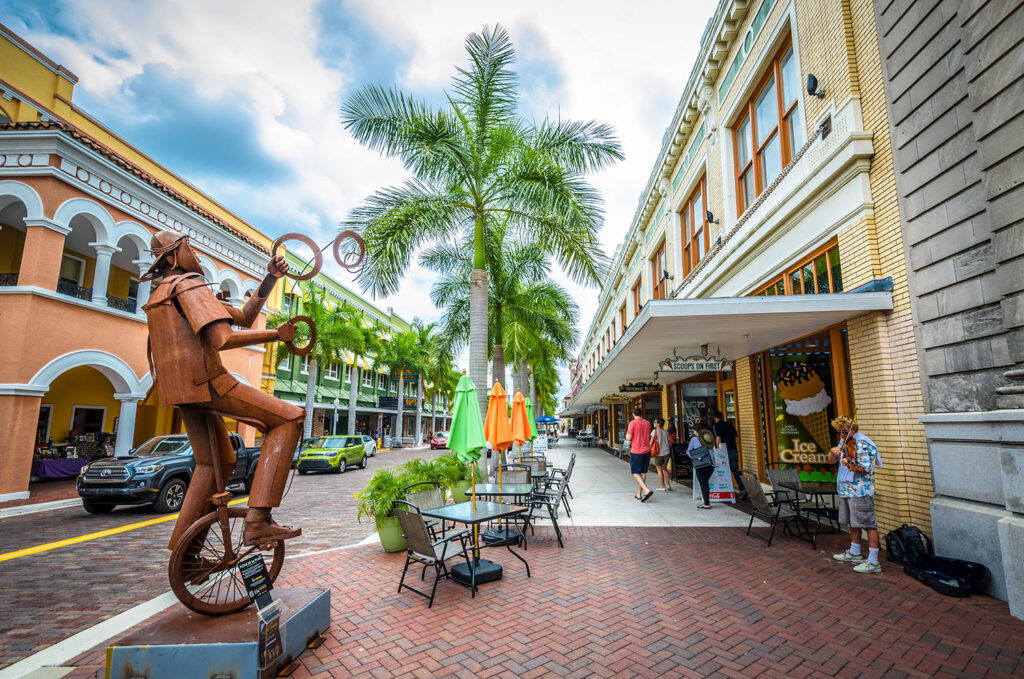Data can provide a lot of insights to align your destination with your community’s goals. At Clarity of Place, we turn local and comparative data into invaluable insights through PlaceBalance, our proprietary tool. Read on for a few examples of challenges that our clients have solved by tapping key data.
4 Ways Data Can Help You Meet Your Goals
1. Understand who is using event venues and other shared assets
The City of Scottsdale, Arizona, adopted a new Tourism and Events Strategic Plan that aspires to balance visitor and resident access to city-owned event spaces. Data from PlaceBalance helped to inform the implementation.
To identify the balance of visitors and residents using event venues and when, Clarity of Place assessed visitor flows at two area venues. Clarity of Place also evaluated visitor profile data and visitor pattern data, population growth data, community sentiment, and resident quality of life.
This holistic view of the community provides a backdrop to Scottsdale’s visitor economy. The data revealed a higher-than-expected number of locals at events. It suggests that market forces other than tourism may be coloring the community’s impression of over-tourism at city venues.
2. Balance resident needs with tourism needs that serve the local economy
As Aspen, Colorado, sought to balance tourism activity with resident needs, PlaceBalance provided critical data. It helped to identify the sources of increased visitation at attractions and amenities, document historic seasonal trends in visitation, and determine which amenities are overtaxed by visitor and resident use and which are underutilized.
The data and insights garnered from PlaceBalance helped the Aspen Chamber Resort Association pinpoint how to shift its programming throughout the year and show how managing the area’s visitor economy will support community goals.
3. Find “hidden” data and draw important insights
Less-obvious sources of data can help paint the big picture of a tourism economy. For example, Aspen used a truly out-of-sight data set to determine the number of people in town at a given time—influent flows (or toilet flush data).
Geolocation data and lodging performance data helped the Hocking Hills Tourism Association in Logan, Ohio, to determine that a large portion of its visitors were coming from addresses within 75 miles—and infer that day trippers were the source of overcrowding. This finding suggested opportunities to adjust marketing to only faraway markets and to distribute “protect our natural assets” messaging in local gas stations.

4. Discover opportunities for growth by mapping destination assets
Using PlaceBalance enabled Ft. Myers, Florida, to assess how tourism fits into their larger county economy. After mapping the geographic distribution of lodging properties and their performance, we saw areas of opportunity to “push” activity to inland areas that saw a growth in amenities to service the growing population.
How PlaceBalance Can Help
PlaceBalance can help your destination to pinpoint data that can tell your story—product, infrastructure, and visitor data—as well as to understand the data sets you have.
To learn more about PlaceBalance and schedule a demonstration, please contact us. At Clarity of Place, we look forward to telling you more about this groundbreaking tool to turn data into community insights.




